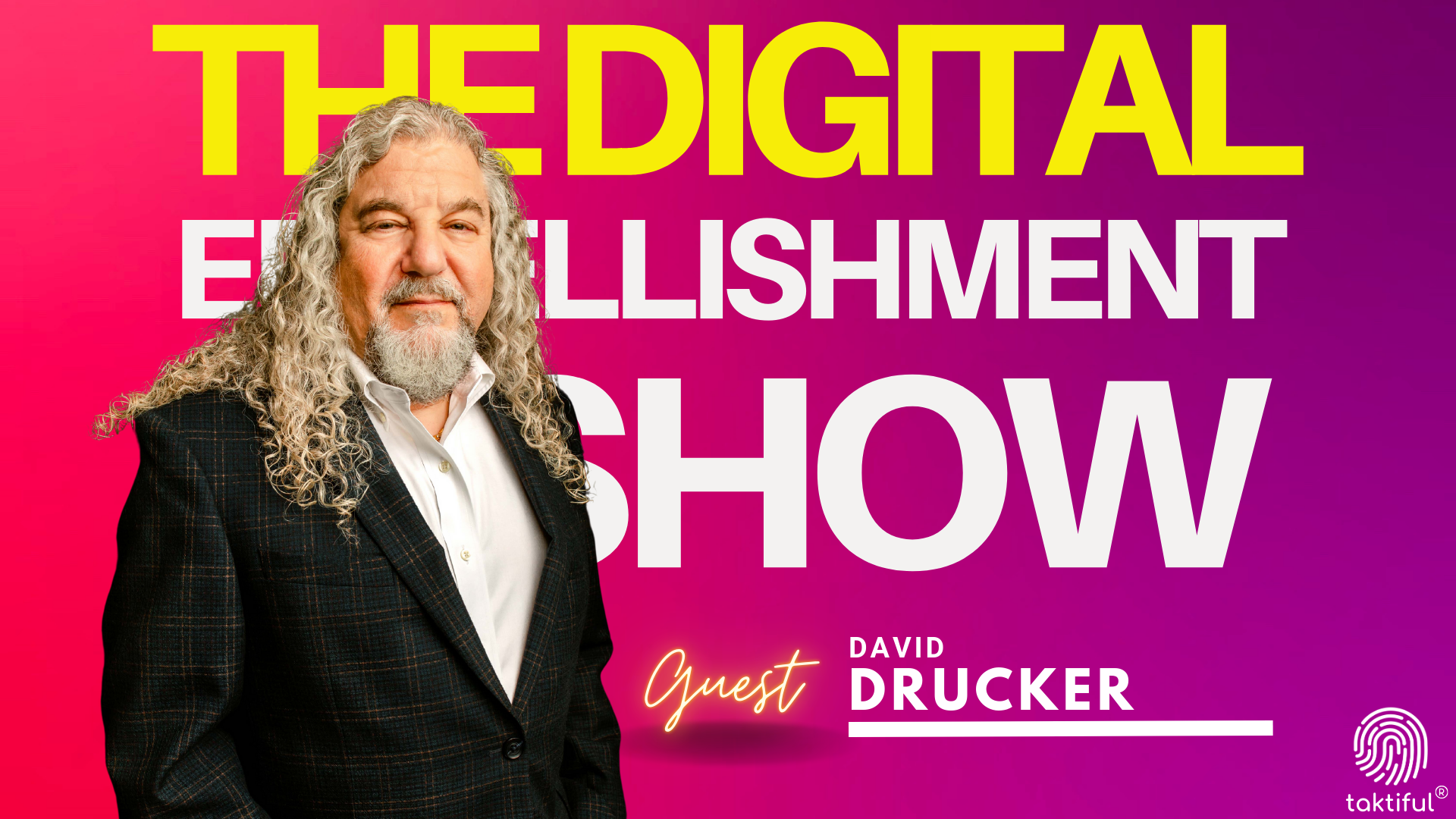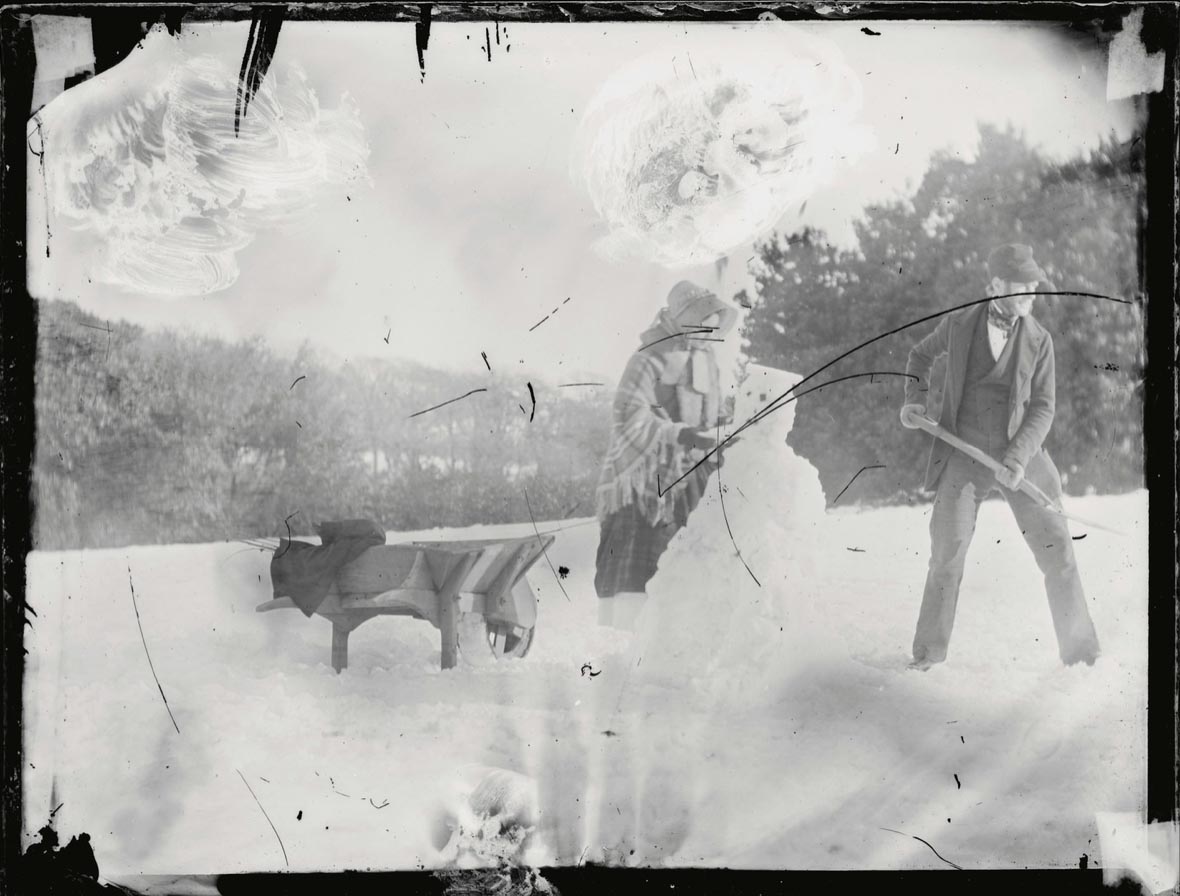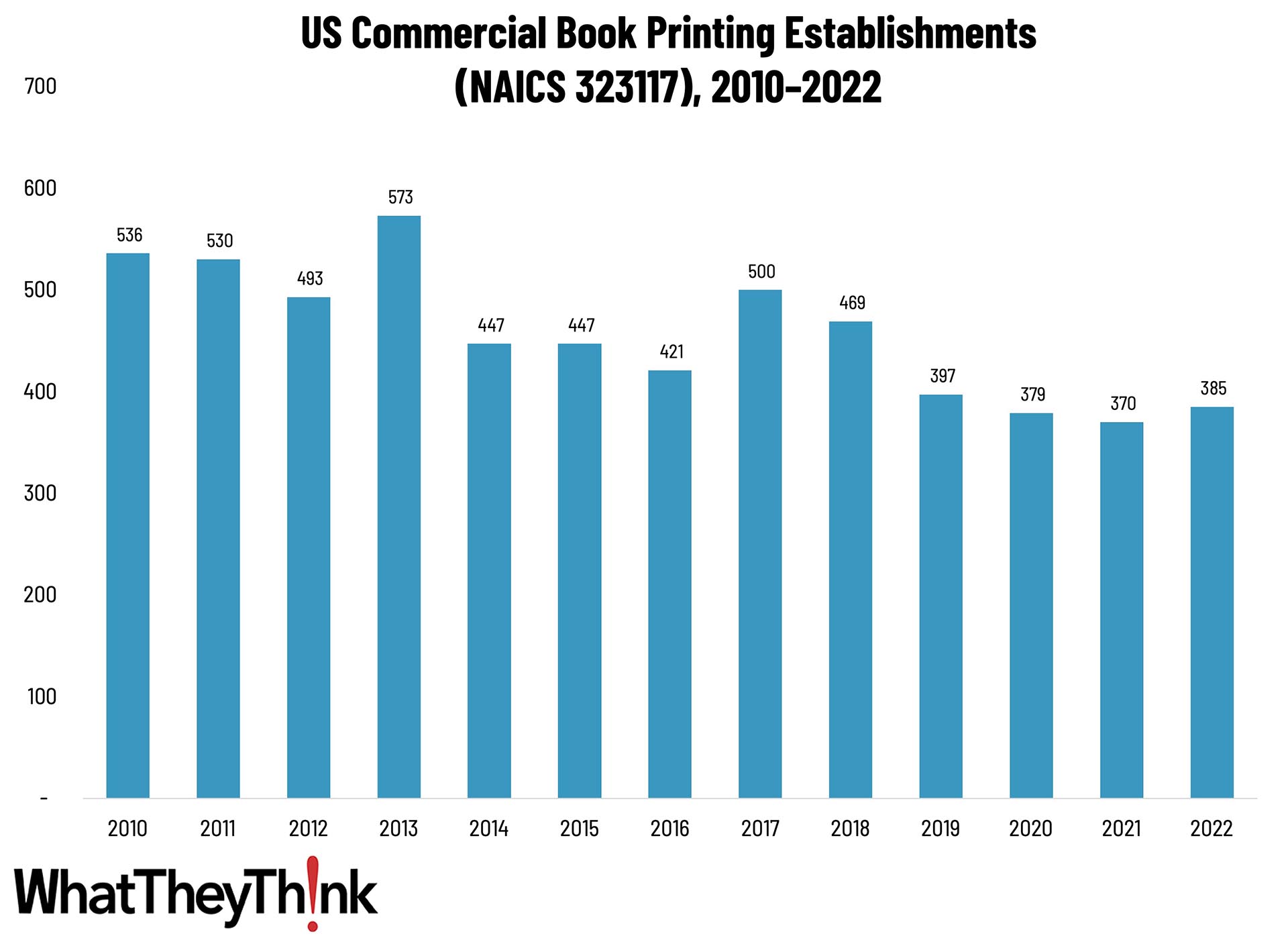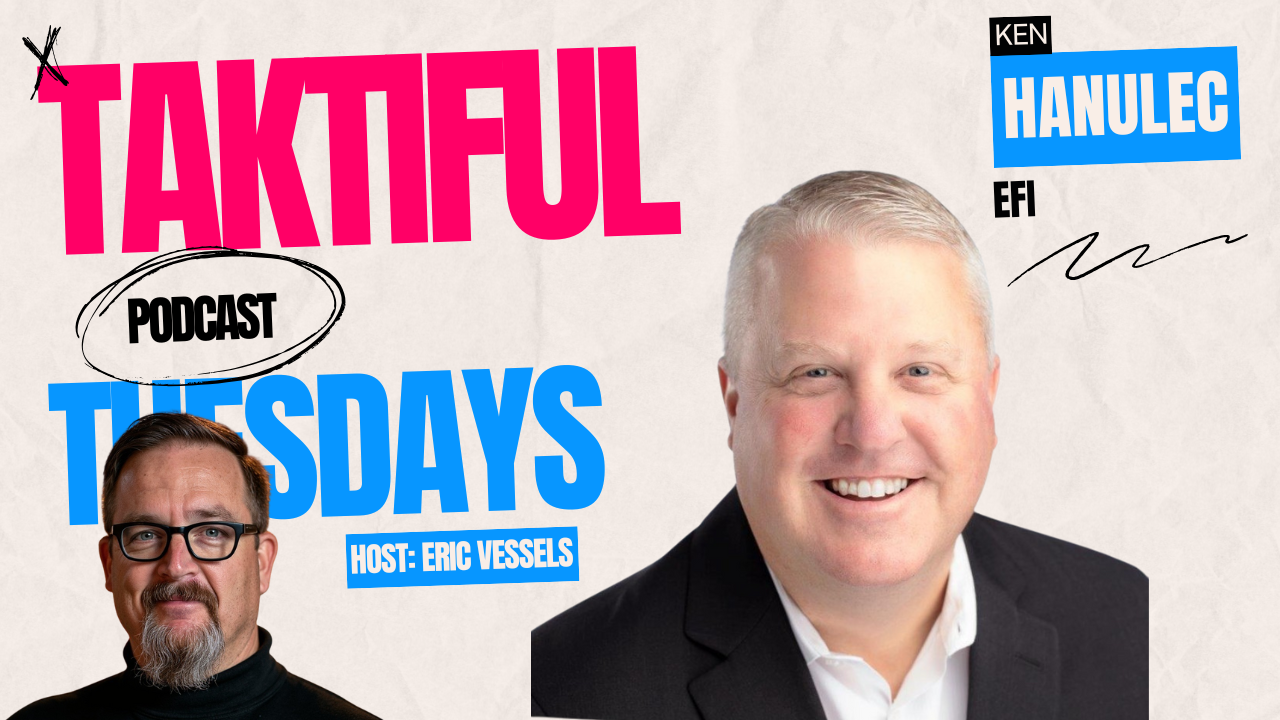Poll Position
Election Day is next week, so look for an even greater concentration of poll results in the run-up to Tuesday. But the New York Times poses a valid question: “Who in the World Is Still Answering Pollsters’ Phone Calls?” This is given that a) very few people answer their phones anymore, especially if they don’t recognize the number, b) area codes often don’t correspond to one’s physical location anymore, which is an issue if the polling is about a local election; c) the only ones likely to either still have a landline or routinely answer the phone no matter what are older people, skewing the sample. The Times’ pollsters attempt to account for all these issues:
In the poll we have in the field right now, only 0.4 percent of dials have yielded a completed interview. If you were employed as one of our interviewers at a call center, you would have to dial numbers for two hours to get a single completed interview.
No, it wasn’t nearly this bad six, four or even two years ago. You can see for yourself that around 1.6 percent of dials yielded a completed interview in our 2018 polling.
The Times has more resources than most organizations, but this is getting pretty close to “death of telephone polling” numbers. You start wondering how much more expensive it would be to try even ridiculous options like old-fashioned door-to-door, face-to-face, in-person interviews.
By the way, we do not do telephone polling, but we do conduct Internet surveys. And as it happens, we have one in the field as we speak: our annual Print Business Outlook. Anyone reading this—if they run or work for a print business, of course—is welcome (nay, encouraged) to participate. Take our survey here. Help us get more reliable results than most political polling!
Fables of the Deconstruction
Scott Albrecht is a Brooklyn-based designer and artist who, as he says, “often deconstructs letterforms with the intent to reconsider the relationship between message and viewer.” Now, via Boing Boing, he has just released a book called In Time, a collection of his works from 2017–2021. The 180-page monograph includes several of his exhibitions, such as those held in New York, Los Angeles, during his residency in Portugal, and various public art projects.
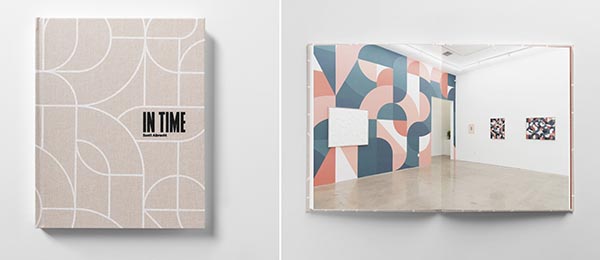
From the introduction:
In his paintings and dimensional woodworks, Scott applies his talent as a graphic designer to organize bold shapes into an evocative and uplifting visual language distilled down from written language. The exquisitely arranged forms have something to tell us. But what?
A steal at $40.
Mousing Around
Now that we’re all traveling again, we are re-learning how to pack our “road warrior” gear and travel gadgets. If you prefer a mouse to a trackpad, but hate the bulginess of a mouse porotruding from one’s laptop case, it might be worth checking out, via Gizmodo, the Air.0 mouse, essentially an “origami travel mouse.”
The Air.0 mouse has a series of pre-scored fold lines so taking it from flat to a full-size, three-dimensional mouse that fills the palm of a user’s hand is incredibly easy. A strong magnet also helps the mouse retain its 3D structure and prevents it from immediately collapsing flat again while actually being used.
Paint It Black
Neither Adobe nor Pantone are making any friends lately. Via Boing Boing:
Fun times ahead for #Adobe designers. Today, if you open a PSD (even one that's 20 years old) with an obscure PANTONE colour, it will remove the colour and make it black. Pantone want US$21/month for access, and Solid Coated goes behind the paywall in early November. pic.twitter.com/BUxzViYFaQ
— Iain Anderson (@funwithstuff) October 28, 2022
Adds Cory Doctorow:
Doubtless, Adobe will blame Pantone for this, and it's true that Pantone’s greed is the root cause here. But this is an utterly foreseeable result of Adobe’s SaaS strategy. If Adobe’s customers were all running their apps locally, a move like this on Pantone's part would simply cause every affected customer to run older versions of Adobe apps. Adobe wouldn't be able to sell any upgrades and Pantone wouldn't get any license fees.
But because Adobe is in the cloud, its customers don’t have that option. Adobe doesn’t have to have its users’ backs because if it caves to Pantone, users will still have to rent its software every month, and because that is the “latest version,” those users will also have to rent the Pantone plugin every month – forever.
Call us old-fashioned (or just old), but some of us have never liked the “aaS” model of anything.
Graphene Rakes in the Clams
Was it a good week for graphene news? It’s always a good week for graphene news! Huawei released its new Pocket S clamshell smartphone—which uses a graphene-based cooling system. From (where else?) Graphene-Info:
The Huawei Pocket S adopts an “ultra-cold flexible graphene heat dissipation system”. The graphene heat-conducting layer reportedly offers cross-axis, efficient heat conduction, and the heat-conducting area is increased by 80%.
Huawei is no stranger to graphene heat dissipation technology, having begun using graphene film in its Huawei Mate 20X and later versions and in the Huawei MatePad Pro 5G tablet.

Vinyl Frontier
Back in the day (1983), before CDs (let alone streaming) became mainstream, Audio-Technica released its Mister Disc, a portable, battery-operated record player, which was little more than just a tone-arm and a clamp to hold the record:

When records were replaced by CDs, sales of the Mister Disc plummeted and it was discontinued. Times have changed, but not too much, and now that vinyl is popular again Audio-Technica has decided to—in honor of the company’s 60th anniversary—re-introduce it, albeit in a limited edition:

(By the way, Sound Burger was what Audio-Technica had called it in some markets.) They have of course updated the connectivity options. Says Core77:
Gone are the RCA jacks of the original; the updated version has a 3.5mm output jack, and has of course been upgraded to Bluetooth as well. And it no longer runs on three C batteries, but instead has an internal USB-C-rechargeable battery that the company says is good for 12 hours of runtime.
In the Heights
Do you suffer from acrophobia or a fear of heights? (Some of us do; there is a reason why the Around the Web Cultural Accretion Bunker is hundreds of feet below the Earth and not at the top of the Burj Khalifa.) If so, Core77 (via naturesms Instagram channel) helpfully rounds up a bunch of tourist activities one should avoid:

Click through for terrifying Instagram videos.
Skin in the Game
We’re not sure what we think about this, but, via The New York Times, a company called Save My Ink Forever has pioneered a method of preserving the tattoos of the deceased and offering them as a way of helping people keep a part of their loved ones forever.
Save My Ink Forever [was] started in 2016 in Northfield, Ohio, by Kyle Sherwood, a third-generation mortician, and his father, Mike.
While limited attempts to preserve tattoos stretch back for decades, few other companies globally are doing the same work as Mr. Sherwood, who started his business at the nexus of two growing trends: More Americans are getting inked, and the idea of turning loved ones’ remains into keepsakes is surging in popularity. Some mourners are having cremated remains made into jewelry or infused into glass-blown sculptures — all in the name of keeping a loved one close.
How does it work? (On second thought, don’t answer that...)
When Save My Ink Forever receives a request to preserve a tattoo, the company sends a package of materials to the funeral home for the tattoo to be excised. Morticians are directed through an instructional video to remove only the necessary amount of skin needed to preserve the tattoo. The process is “really hard to screw up,” Mr. Sherwood said. If something does go awry, he said, his team can usually fix it.
The mortician places the tattoo into a preservative. It then is shipped to Ohio for the team of about five people to clean, trim excess skin and fix any blemishes.
Sounds like really disturbing cosmetic surgery. Or not...
“It’s sort of like cleaning a dirty window,” Mr. Sherwood said, emphasizing that his team does not alter the tattoo in any way. He declined to divulge further details of the process, which takes about three to four months per tattoo.
Finally, the tattoo gets a frame. Families pick the type of frame and matting and then a professional framer gets started. Each tattoo is sewn to the canvas and the frame is pumped with nitrogen to help keep it pristinely preserved as museum-grade UV blocking glass is inserted into place.
Sound kind of like a bad horror movie, but we can kind of see the a peel.
Down to Earth
The International Space Station (ISS) orbits the Earth at an altitude of 250 miles. Traveling at a velocity of five miles per second, it takes about 90 minutes to make one orbit. Have you ever wondered what it would look like if the ISS were instead orbiting at the altitude of, say, 10,000 feet? Via Boing Boing, Benjamin Granville has, and he used Microsoft Flight Simulator to show a ground view and an ISS view:
Holy ’Mole!
Yes, prices—especially for groceries—have been abnormally high recently, but not across the board. As it happens, if you like avocados, prices are actually the lowest they’ve been in five years. Says Food & Wine:
The wholesale price for avocados is actually down 35% year over year — and down 67% from its peak this past June, reports CNN, citing data from Rabo AgriFinance. Meanwhile, for consumers, while overall grocery costs are up 13% compared to last year, data from NielsenIQ reportedly shows that the average unit price for avocados is down 2.6% compared to September 2021, which also represents a major drop from this past July when store prices for avocados were up 31% year over year.
Why? And are avocados a leading indicator of grocery prices? As it turns out, there is an avocado glut thanks to a collision of “Black Swan” events.
Over 90% of avocados consumed in America come from Mexico, and earlier in the year, Mexican imports of the fruit were down due to a couple of trade incidents, driving up prices. However, as trade normalized, both Mexico and other global avocado suppliers suddenly saw better crops than expected.
“Bumper crops would usually be sold across the globe,” Kottmeyer continued. “[But] Europe has significant food inflation, so when avocado prices got high earlier this year, the demand went down in that market.” Couple that with ongoing COVID issues in China and the war in Ukraine and, as Kottmeyer added, “Much of the avocado oversupply has wound up in the U.S.”
So when life gives you avocados, make guacamole!
Sinister Footwear
Get the 411 on this headline and then call 911: “Crocs and 7-Eleven Collaborating on Footwear Design.” What? Yep, says Core77:
On November 7th (i.e. 11/7 in the ’States, 7/11 in most other places) the duo will release a line of sandals and clogs festooned with the convenience store’s colorways…
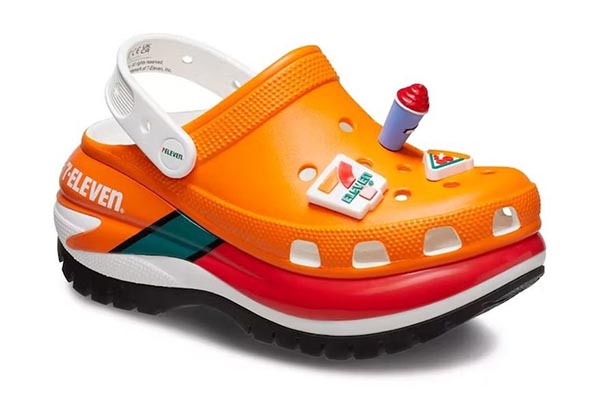
Looks dangerous.
More information, should you desire it, here. Heidi Tolliver-Walker will be happy to know that they have a QR code which we are decidedly not going to scan.
Dog Broth
Thanksgiving is fast approaching, and to help your canine friends and family join in on the gluttony, Busch has released a new turkey-flavored “beer” intended for dogs. We hasten to add that there is no alcohol in it—essentially it’s kind of a turkey soup. Says the Nerdist, it “includes: vegetables, herbs, spices, water, and turkey broth meant ‘to provide your best buddy with a nutritious and tasty snack that helps to promote a healthy digestive system.’” Kind of the opposite of what Thanksgiving is about but, hey, they’re dogs.

We have no idea if anyone is developing a turkey-flavored wine for cats but we would not be surprised.
This Week in Printing, Publishing, and Media History
October 31
1795: English poet John Keats born.
1941: After 14 years of work, Mount Rushmore is completed.
1963: English singer-songwriter and guitarist Johnny Marr born.
1993: Italian director and screenwriter Federico Fellini dies (b. 1920).
2000: American journalist and screenwriter Ring Lardner, Jr. dies (b. 1915).
November 1
1512: The ceiling of the Sistine Chapel, painted by Michelangelo, is exhibited to the public for the first time.
1604: William Shakespeare’s tragedy Othello is performed for the first time, at Whitehall Palace in London. A few years later...
1611: Shakespeare’s play The Tempest is performed for the first time, again at Whitehall Palace in London.
1941: American photographer Ansel Adams takes a picture of a moonrise over the town of Hernandez, N.M., that would become one of the most famous images in the history of photography.

1968: The Motion Picture Association of America's film rating system is officially introduced, originating with the ratings G, M, R, and X.
1972: American poet and critic Ezra Pound dies (b. 1885).
November 2
1920: KDKA of Pittsburgh starts broadcasting as the first commercial radio station.
1936: The British Broadcasting Corporation initiates the BBC Television Service, the world’s first regular, “high-definition” (then defined as at least 200 lines) service. It was renamed BBC1 in 1964.
1950: Irish author, playwright, critic, and Nobel Prize laureate George Bernard Shaw dies (b. 1856).
1960: Penguin Books is found not guilty of obscenity in the trial R v Penguin Books Ltd, the Lady Chatterley’s Lovercase.
1961: American humorist and cartoonist James Thurber dies (b. 1894).
1988: The Morris worm, the first Internet-distributed computer worm to gain significant mainstream media attention, is launched from MIT.
November 3
1838: The Times of India, the world’s largest circulated English language daily broadsheet newspaper, is founded as The Bombay Times and Journal of Commerce.
November 4
1922: British archaeologist Howard Carter and his men find the entrance to Tutankhamun’s tomb in the Valley of the Kings.
November 5
1499: Publication of the Catholicon, written in 1464 by Jehan Lagadeuc in Tréguier, the first Breton dictionary and the first French dictionary.
1857: American journalist, author, reformer, and educator Ida Tarbell born.
1885: American historian and philosopher Will Durant (The Story of Civilization) born.
1959: Canadian singer-songwriter and guitarist Bryan Adams and, 1974, American singer-songwriter and guitarist Ryan Adams born. The coincidence cuts like a knife.
1979: American cartoonist Al Capp dies (b. 1909).
2007: Android mobile operating system is unveiled by Google.
November 6
1814: Belgian-French instrument designer and inventor of the saxophone Adolphe Sax born.
1869: In New Brunswick, New Jersey, Rutgers College defeats Princeton University (then known as the College of New Jersey), 6–4, in the first official intercollegiate American football game.
1935: Edwin Armstrong presents his paper “A Method of Reducing Disturbances in Radio Signaling by a System of Frequency Modulation” to the New York section of the Institute of Radio Engineers—basically inventing FM radio.
1947: Meet the Press, the longest running television program in history, debuts.
1958: American actor, puppeteer, producer, comic, and screenwriter Trace Beaulieu (Mystery Science Theater 3000) born.



